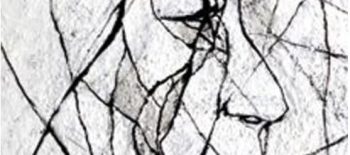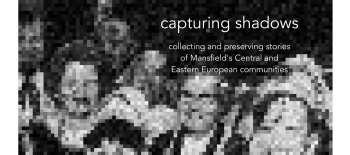She was born in 1910 in Warsaw. As a little girl, she learned the Yiddish language while spending time in the company of Jewish patients at her father’s tuberculosis sanatorium. It was her father who instilled in Irena the idea that ‘if you see a person drowning, you must jump into the water to save them’. This precept guided her for the rest of her life. She studied Polish Literature at the University of Warsaw. Before the war, she started working at the city of Warsaw’s Social Welfare Department, where she got to know the problems of single mothers, the unemployed, and the homeless.
She married Andrzej Sendler, who was captured by the Germans during the September 1939 campaign and remained in a POW camp until the end of the war.
During World War II, in 1940, when the Jewish ghetto was established in German-occupied Warsaw, Irena became involved in helping Jewish families save their children. She managed to obtain for herself and her friend employee identity cards as sanitation workers fighting infectious diseases, which gained them access to the closed ghetto district. She supplied Jewish children with new Polish identities and smuggled them into Polish shelters and families. These family partings were emotionally painful with no guarantee that they would end well. The children were packed in boxes and bags and driven out of the ghetto in Municipal Sanitary Company ambulances; infants were drugged so they would sleep. The many ways children were smuggled out included hiding them in trams or fire trucks that passed through the ghetto or using underground tunnels knocked through the basement walls of houses next to buildings on the ‘Aryan’ side.
Irena Sendler and her colleagues also helped adults escape from the ghetto. In 1943, she became one of the main activists of the children’s section of the Council for Aid to Jews (Żegota) – a Polish humanitarian underground organization that was an official organ of the Polish government in exile. In the same year, she was arrested by the Gestapo, but Żegota managed to free her.
She wrote down all the new and original names of the children she rescued on sheets of paper, which she rolled up and hid, among other places, in jars buried in a garden. It is estimated that she saved 2,500 Jewish children.
In 1965, Irena Sendler was awarded the medal of the Righteous Among the Nations. She was also nominated twice for the Nobel Peace Prize.
She died in 2008.




